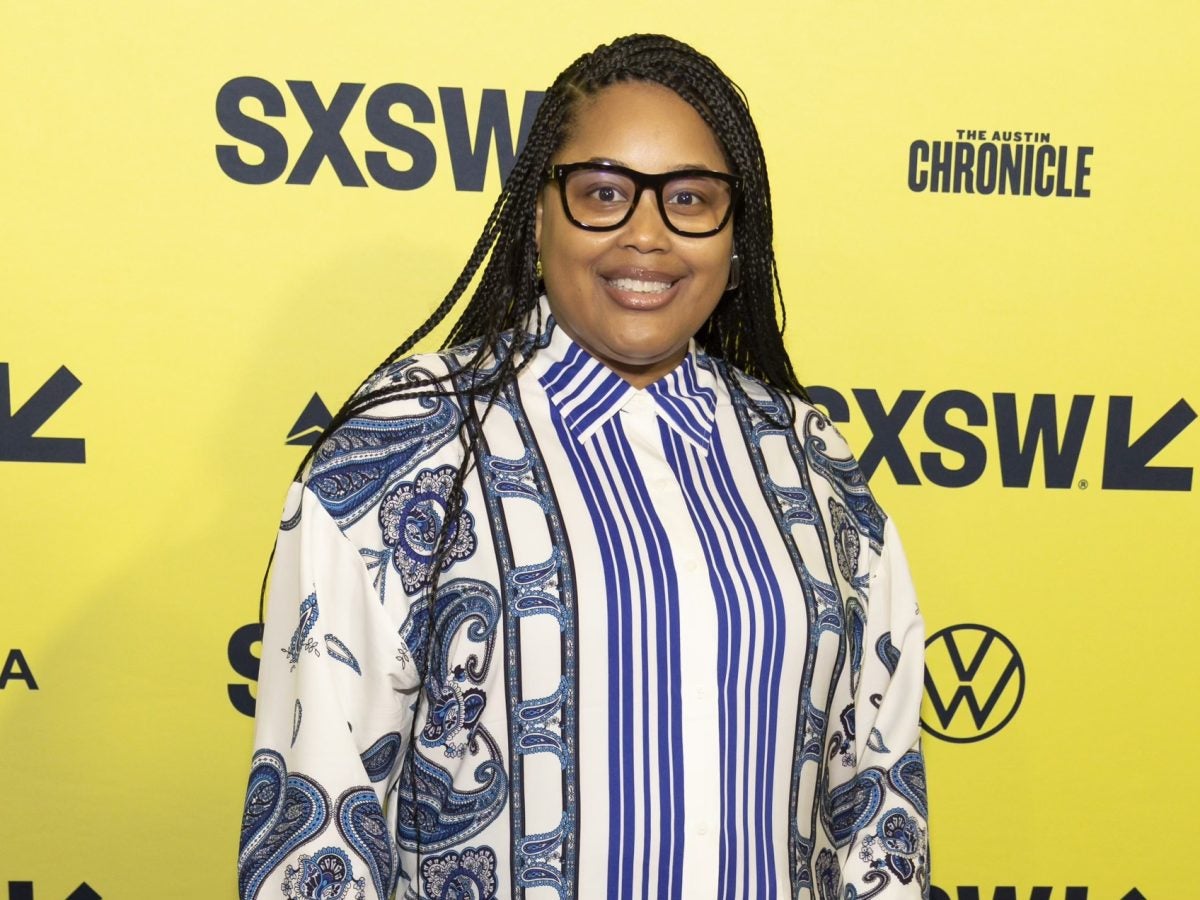
America spent the weekend “at Freaknik,” checking to see if they caught a glimpse of their parents or peers in the archival footage featured on the much-buzzed-about documentary, Freaknik: The Wildest Party Never Told.
Though much of the hype in the months leading up to the film’s release surrounded who we might see doing what on the streets of early 90’s Atlanta in 360p, the film’s true focus was the emergence of the culture of South, and the city of Atlanta in particular, as a linchpin of Hip-Hop and Black popular culture.
DeShawn Plair, Supervising Producer of Freaknik, thinks this part of the story all too often gets lost when the legendary city-wide Spring Break block party is mentioned. “It was like this magic in a bottle with, its original intent,” Plair tells ESSENCE.
We caught up with the 3-time NAACP Image Award-winning producer to chat all things Freaknik – the highs and the lows – and why “the wildest party” left such a lasting fingerprint on Black culture.

What led you to become involved in producing this documentary about this legendary fixture of 90’s Black culture?
Well, what made me want to be a part of this project was Geraldine Porras. She’s the showrunner and executive producer, and I worked on the Cosby documentary for Showtime, We Need to Talk About Cosby, with her.
Of course, I had heard all the urban legends. I was, unfortunately, not old enough to go participate in the early days of Freaknik, but I had heard about it through shows like A Different World or Sister, Sister. It was this cultural phenomenon. And so I thought, “Alright, let me really understand what this was about.” I was pleasantly surprised to learn the origin story of it.
What did you end up learning through this process that you didn’t know before?
I learned that right on the streets of Freaknik, LaFace was breaking new artists. So So Def was breaking new artists there. Even Outkast, when they first got their start, they were giving out sampler tapes because what better place to promote music than when 200,000–300,000 college students and others were descending upon the streets of Atlanta? It was just the start and the rise of so many artists.
This event is typically looked back at as a moment when men got to freely objectify, sexualize, and often harass women on the streets, yet there are two women at the center of the production. Why did you feel it was important to have women’s input in the telling this story?
It is so true that now when you think about the “legacy of Freaknik,” it’s an event for guys to go to have a free-for-all with women. But the original intent of those students at the AUC [Atlanta University Center] in Atlanta was a time when they couldn’t go home for Spring Break and they wanted a safe environment. It was a celebration of Black joy when they started it in 1983. It wasn’t even salacious. I wanted to show, “look, we know what it turned into, but this was the original intent.”
And yes, it is a male-dominated story in a sense, but this was also a time when young ladies were empowered. They were coming into their own sexuality at that time, but that didn’t give people the right to treat them a certain kind of way. We wanted to tell that full, balanced story. [But] we definitely didn’t want to shy away from it. We want women’s voices to be heard. So in the film, you also get to hear from a [sexual violence] survivor.
Anything that I do, I really want it to impact culture – that’s the good, the bad, the ugly, and everything in between.

You see so many people who were either children or not even yet born during the height of Freaknik trying to recapture that feeling and aesthetic. The documentary even opens up with 21 Savage’s birthday party in 2022, a Freaknik-themed bash. Why do you think the younger generations who didn’t get a chance to live that experience are trying to recapture what they think it was?
I love how you word that. It is truly what they think it was. I think this generation is so captivated and fascinated with it because it was a time of Black joy. It was a time when people felt safe – in the earlier days. It grew so organically via word of mouth. Kids knew every third weekend in April you needed to be in Atlanta. We heard stories where people recalled they had only $10, jumped in the car with their friends, and still had fun and lasted all weekend. So I think it is just that spirit.
Freaknik was a time when artists from the South could have their voices heard. And then the impact on fashion? Honey. A lot of the archival footage, you had the girls with the beehives and the twists and the quick weaves and all that. It was so amazing to see that impact and that culture and today, people are recreating those styles.
